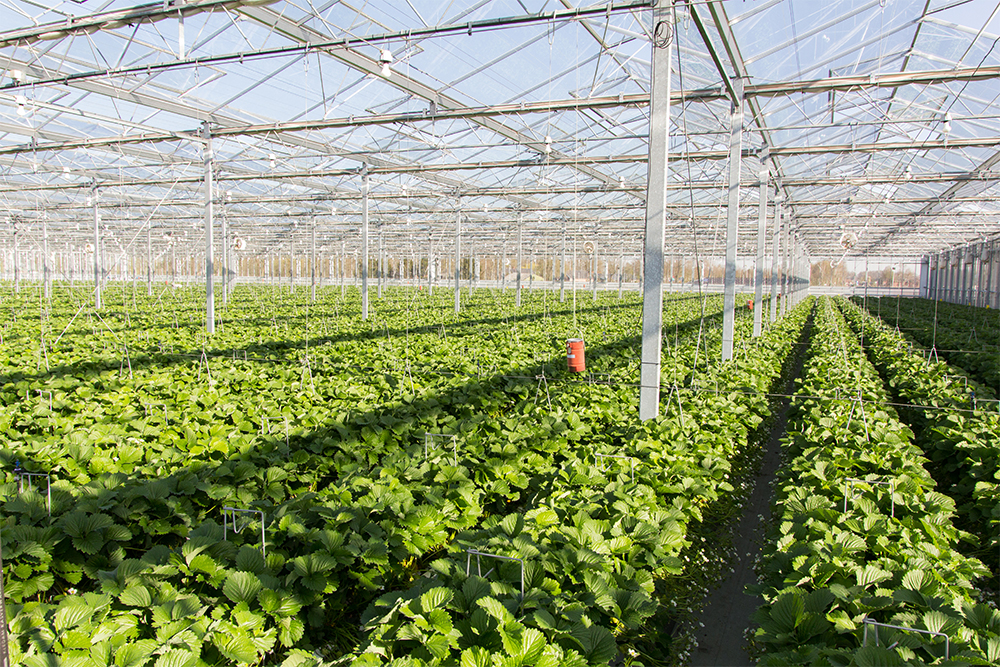Earliness
Productivity
Flavor
Disease Resistance
Shelf life
Appearance

Elsanta is a very firm strawberry variety with a good shelf life. The high production, firmness and long shelf life of the fruit make Elsanta extremely suitable for both the grower and the trade. The large fruits have a good flavour with a strong strawberry aroma. Elsanta is grown in large parts of Europe and on a large scale.
Flowering and harvest period
Elsanta is characterised by its robust, wide fruit with long sturdy inflorescences. Elsanta produces fairly large flowers. The stamens of the first flowers are often somewhat weaker. The other flowers often have fair to well-developed stamens. Elsanta’s ripening period is of an average length. If grown in the field, Elsanta is usually one or two days earlier than Sonata. In a 60-day culture, the harvest is more concentrated than that of Sonata, whereby the fruits are soon smaller.
Fruit quality
Elsanta has a good flavour and strong strawberry aroma. The fruits are firm and conical with a shiny, red colour. The fruit is red inside, but the core remains white. The crown is firmly attached to the fruit. Elsanta’s fruit has a strong skin which makes it more insensitive to damage due to pressure, thus very suitable for eating fresh.
Productivity
Elsanta’s yield is high to very high. The fruits are easy to pick because they are robust and the plants have long sturdy inflorescences. The small sepals are characteristic. The percentage of deformed fruits is higher than that for Sonata, especially if grown in early spring. The class I share for Sonata is also higher than that for Elsanta.
Pest and disease susceptibility
Elsanta is sensitive to the following diseases:
– wilt (Verticillium dahliae)
– crown rot (Phytophthora cactorum)
– red core (Phytophthora fragariae)
– fruit rot (Botrytis cinerea)
– Colletotrichum acutatum
– mildew (Sphaerotheca macularis)